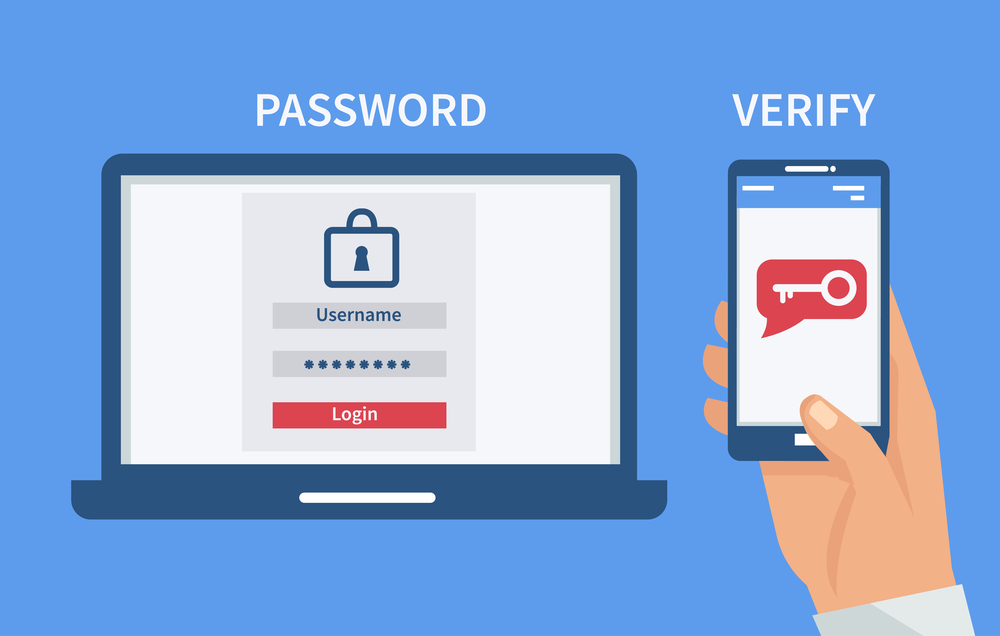Two-Factor Authentication (2FA)
Written by Ivory Chen
Every year, 111.7 million Americans are hacked. Of those, 60% are mobile phone accounts. Think about how many times you log into your social media accounts per day. Tiktok, Instagram, Snapchat, Facebook, Twitter.
You could be one of the 111.7 million. But, there’s an easy way to combat this rising issue and take preventive measures. Most commonly known as 2FA: Two-Factor Authentication, also known as 2-step verification. You’ve probably heard of it, or seen it pop up on your security settings. Two-factor authentication is a security system that utilizes two separate verification factors to ensure account security. Some of the most common forms of 2FA are passwords, along with a second form of verification that commonly consists of a code being sent to an indicated phone number or email address. Some apps also choose to utilize AI detectors, such as Captcha, checkboxes, sliders, etc.
So…why is this important? Well, two-factor authentication is almost foolproof. New numbers report that 99.9% of automated attacks have been blocked by Two-Factor Authentication. While it only takes a few clicks to set up, Two-Factor Authentication has proven to be extremely beneficial, and an incredible precaution to take. However, as with any cyber-security platform, there are cracks and ways around Two-Factor. However, because of the way Two-Factor is structured, hackers are not able to break through these barriers on a mass scale. Instead, it would be more present in a targeted scenario. So… as long as no one’s after you, you should be fine. On a more serious note, it is possible to hack through 2FA, but rare. Steve Manzuik, a director of security research at Duo Security reinforces this by stating, “Bypassing 2FA is possible but uncommon”. So, while 2FA isn’t exactly a 100% guarantee, it still decreases your chances of being hacked immensely.
With that being said, it’s probably in your best interest to activate Two-Factor Authentication. For further precautions, make sure you never give your password out to anyone and don’t utilize ‘Save Password’ features on shared devices. Krown, Kira, et al.
References
“Use Two-Factor Authentication to Protect Your Accounts.” Consumer Advice, 23 Apr. 2024, consumer.ftc.gov/articles/use-two-factor-authentication-protect-your-accounts.
Written by Ivory Chen from MEDILOQUY


